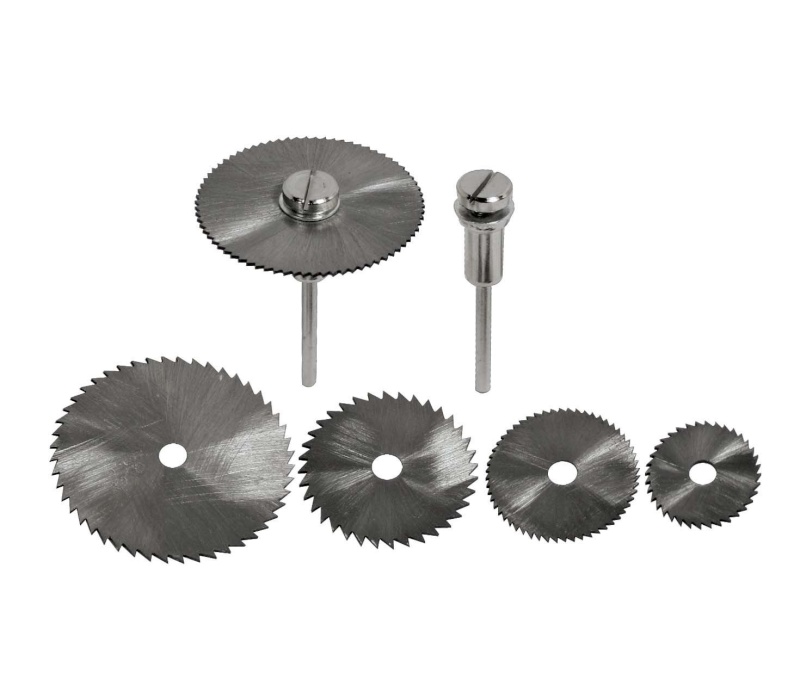Cutting Hinge Slots In Door
A trick to hanging a door is to mark and attach the top hinge first. Screw the top hinge to the jamb, then mark the other hinges and cut them. When the door is up, check that it closes without binding anywhere. It should have about 1/8-inch clearance on each side. Mark the hinge outline. Place the hinge on the edge of the door with the knuckles pointing in the direction the door opens and mark around its perimeter with a pencil. Score this line deeply with a sharp utility knife. Mark the mortise depth. Hold the edge of the hinge against the bit's lower edge. Scrape the bottom of the slot flat if the hinge doesn't fit flush with the side of the door. Continue shaping and cutting the slot with the chisel a bit at a time until the hinge fits flat. Take a plain piece of wood, the width of your door, and cut it down until it fits into the shape left by your former door hinge. This may include covering over any wood stains left by the hinge. Once the wood is the right size, glue the inward facing side, and then press it into place. Hold until the glue starts to dry. Step 3 - Finishing Up.
| Chiseling out a hinge mortise |
Crawford, on hand for his third nomination, didn't even bother to inform the OQ that the correct word for that 'slot' is 'mortise.' We think that slot suggests a pocket similar to the one for a mortise lock; a deep, narrow hole into the door's rails and stiles. Then again, it was pretty apparent that Kenneth had to 'research' his topic, doing a rather poor job of copy-reword-paste in the process. He also needed to proofread better for things like subject-verb agreement...
'A slab door, more commonly known as door blanks, are doors [sic] without any holes for the hardware.'Ummm, yeah, they is... and then there's this cogent introductory material:
'Most doors require butt hinges that require cutting slots for the hinges into the doors. Cutting out slots for door hinges in a slab door requires using a couple of the butt hinge leaves for guides. Cutting the wood involves using a wood chisel with a sharp edge.'Wow. Useful information – we figured you'd want a dull chisel! But it's Kenneth's instructions that caught our staffer's attention. take, for instance this step:
'Adjust a combination square so that a quarter inch of the blade extends beyond the straight edge. Place the straight edge of the combination square against the front face of the door with the edge of the blade over the door edge.'We know what Crawford's trying to do, and we have two corrections: first, it's not the 'front side,' it's the swing side. Some doors open in, after all. Second, it's not a quarter of an inch, it's the thickness of one leaf of the hinge, which is rarely more than 1⁄8 inch. Next, it's
'Place a pencil on the end of the blade and blade the combination square across the door...'Ummm, no idea what 'blade the... square
Cutting Hinge Slots In Door
' might mean. Most of the rest is more or less correct, although we aren't sure why Kenneth thinks the average DIYer is gonna have a 2-inch chisel on hand. Our staffers are pretty well-equipped, and none of them has a 2-inch wood chisel...
them has a 2-inch wood chisel...Crawford didn't mention that it's getting ever harder to find butt hinges with square corners, because most people who hang doors use a router and a hinge template. Even if you do find yourself using a router for square hinges, it might interest you to know that there are corner chisels... if you're not as clueless as our
Cutting Hinge Slots In Doors
Dumbass of the Day, that is.¹ They sure as heck don't need to scour those niches...
DDIY - DOORS
| Chiseling out a hinge mortise |
Crawford, on hand for his third nomination, didn't even bother to inform the OQ that the correct word for that 'slot' is 'mortise.' We think that slot suggests a pocket similar to the one for a mortise lock; a deep, narrow hole into the door's rails and stiles. Then again, it was pretty apparent that Kenneth had to 'research' his topic, doing a rather poor job of copy-reword-paste in the process. He also needed to proofread better for things like subject-verb agreement...
'A slab door, more commonly known as door blanks, are doors [sic] without any holes for the hardware.'Ummm, yeah, they is... and then there's this cogent introductory material:
'Most doors require butt hinges that require cutting slots for the hinges into the doors. Cutting out slots for door hinges in a slab door requires using a couple of the butt hinge leaves for guides. Cutting the wood involves using a wood chisel with a sharp edge.'Wow. Useful information – we figured you'd want a dull chisel! But it's Kenneth's instructions that caught our staffer's attention. take, for instance this step:
'Adjust a combination square so that a quarter inch of the blade extends beyond the straight edge. Place the straight edge of the combination square against the front face of the door with the edge of the blade over the door edge.'We know what Crawford's trying to do, and we have two corrections: first, it's not the 'front side,' it's the swing side. Some doors open in, after all. Second, it's not a quarter of an inch, it's the thickness of one leaf of the hinge, which is rarely more than 1⁄8 inch. Next, it's
'Place a pencil on the end of the blade and blade the combination square across the door...'Ummm, no idea what 'blade the... square' might mean. Most of the rest is more or less correct, although we aren't sure why Kenneth thinks the average DIYer is gonna have a 2-inch chisel on hand. Our staffers are pretty well-equipped, and none of
 them has a 2-inch wood chisel...
them has a 2-inch wood chisel...Crawford didn't mention that it's getting ever harder to find butt hinges with square corners, because most people who hang doors use a router and a hinge template. Even if you do find yourself using a router for square hinges, it might interest you to know that there are corner chisels... if you're not as clueless as our Dumbass of the Day, that is.

¹ They sure as heck don't need to scour those niches...
DDIY - DOORS